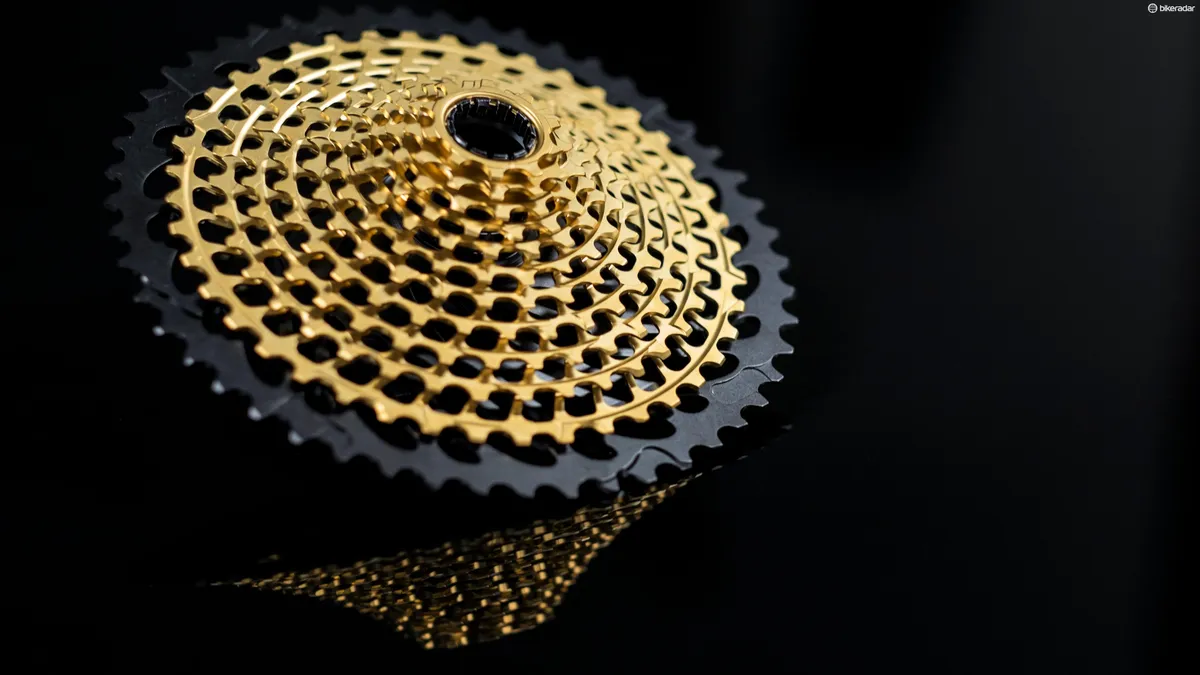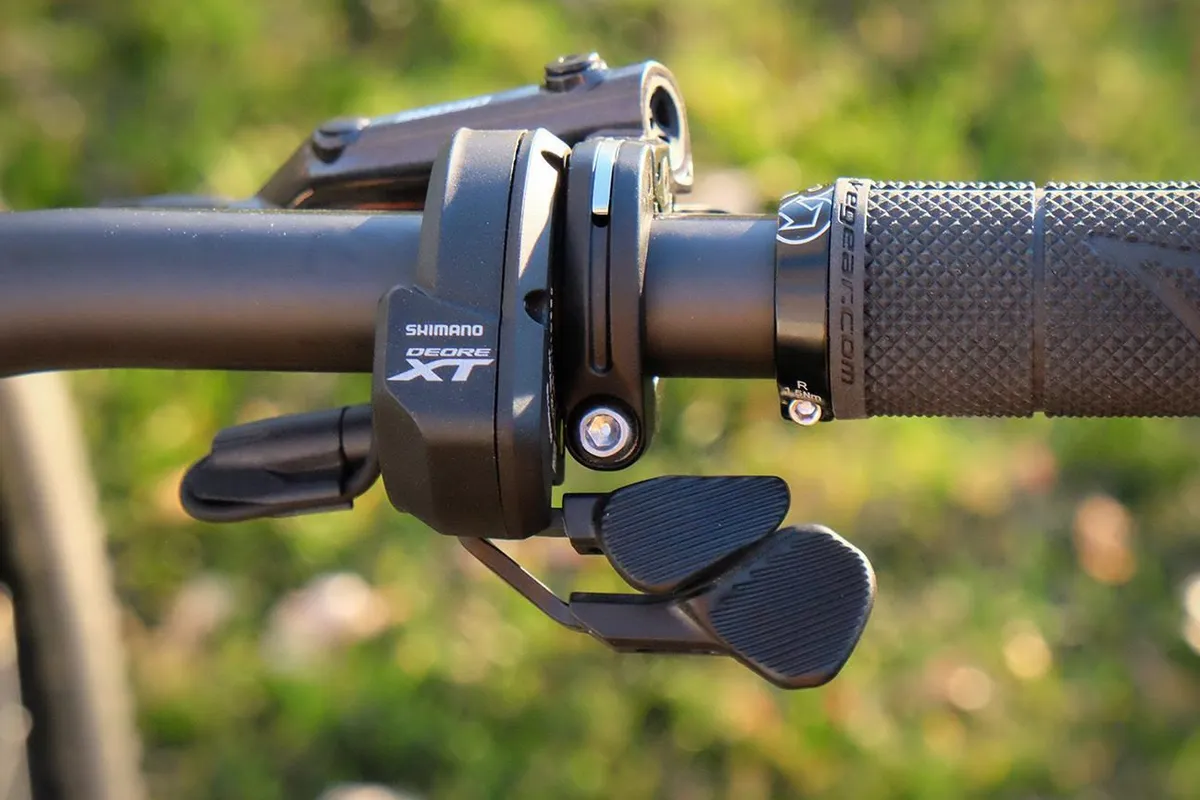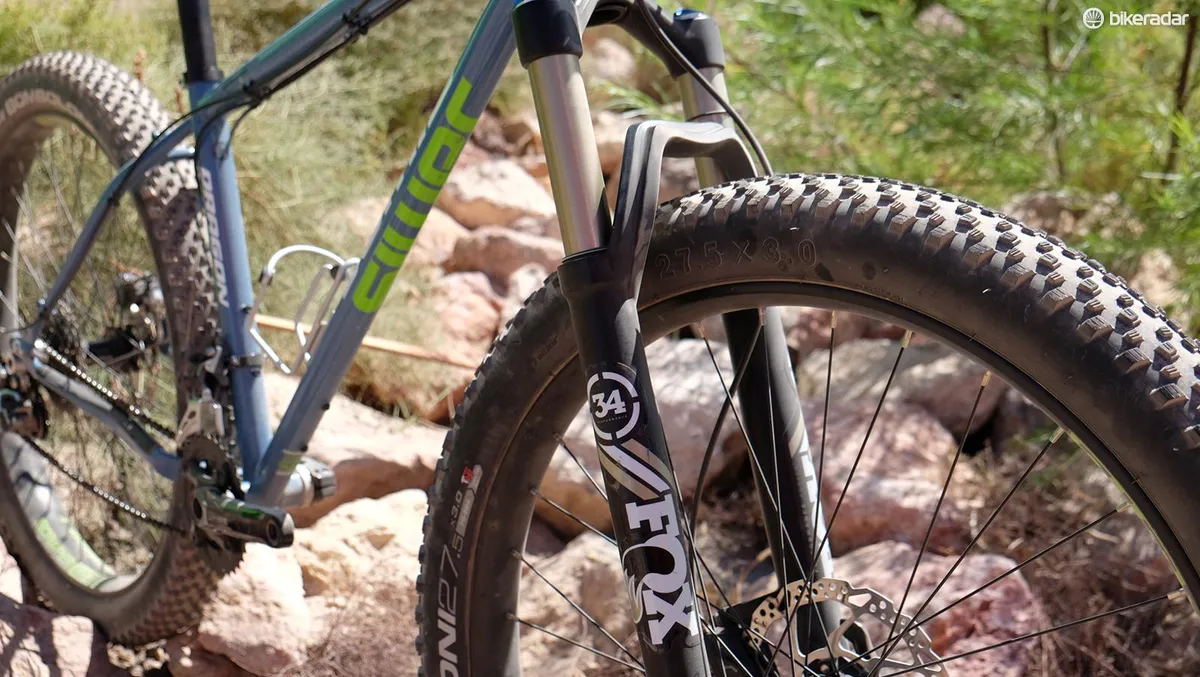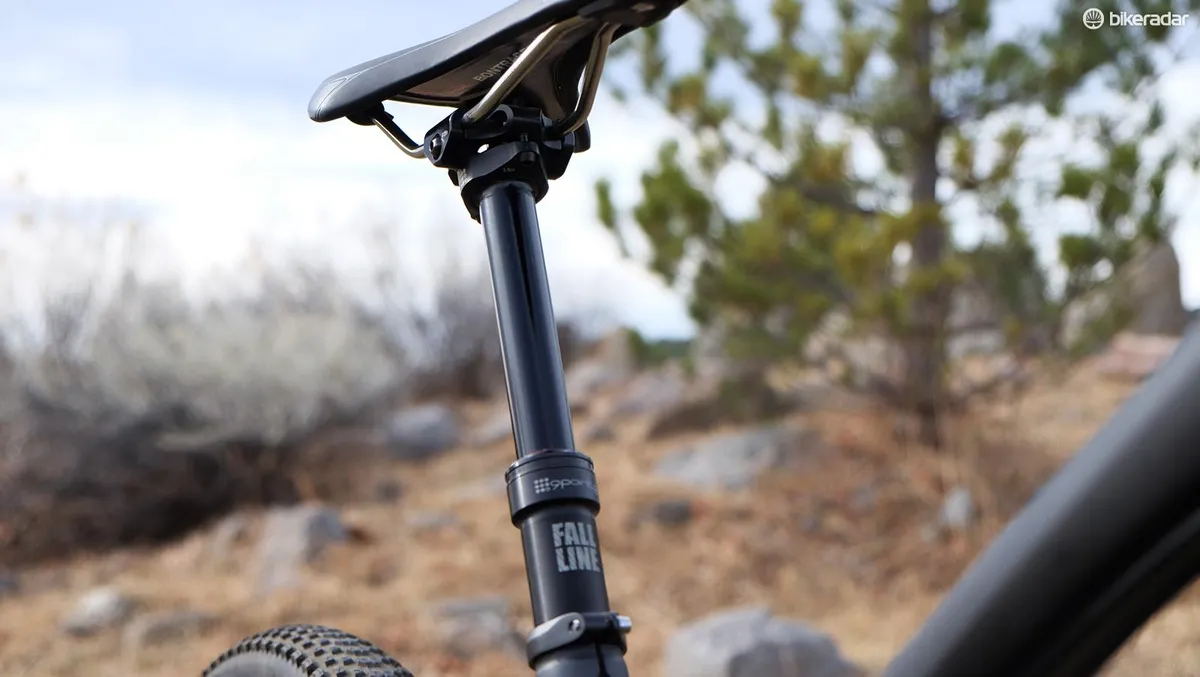This year saw many product introductions worth remembering and as 2016 winds down let’s take a look back at some of the general trends in mountain bike tech and what they might mean for 2017.
SRAM goes big with Eagle

It was inevitable that the industry would add another cog sooner or later. SRAM fired first with its two new Eagle groups. With 12 cogs and a 10-50t spread, these new 1x groups mean we’ll see fewer mountain bikes designed for front derailleurs in the coming years.
This is the final nail in the coffin of the front derailleur, but it will take a few more swings of the hammer to close the casket.
If I were a betting man I would wager that 2017 will see the introduction of more budget-friendly 12-speed groups at the X1 and perhaps even the GX level. Once this happens the front derailleur will look as dated as bar ends.
Shimano Di2 trickles down to XT

Electronic shifting is something we’re sure to hear more about in 2017. Shimano has been slow to react to SRAM’s 1x dominance, but it’s leading the move to electronic drivetrains.
Shimano XT Di2 makes electronic shifting more attainable and introduces some much-needed refinements, including the ability to update and adjust settings trailside via your smartphone.
In 2017 and beyond, you can expect to hear more talk of “shift mapping” to describe various shifting modes as a component feature and a rider benefit.
It is possible that next year we might see SRAM introduce an electronic off-road group.
Will “e-Eagle” become a reality? (Please don’t let it be named that.) A 1x wireless mountain bike drivetrain doesn’t seem too far removed from SRAM’s new e-Tap Hydro R group.
Fat bikes stumble

Was it a fad or was it a trend? The answer to both is probably “yes.”
This year, many companies who pushed hard into the fat bike territory pulled back. Reasons cited for the decline in fat bike sales included a warmer than average winter, increased competition from 27.5+ bikes and a general consensus that the market is pretty well saturated.
Does this mean fat bikes are going away? Not likely.
My hypothesis is that fat bikes will follow some a similar trajectory to singlespeed mountain bikes in the mid-2000s. They peaked in popularity and then settled into a smaller, sustainable market segment.
Early indications are that some major brands who jumped on the “me too” fat bike bandwagon will exit the category and leave it to specialist brands such as Salsa, Surly and Borealis.
Plus rolls onward

Plus-sized wheels and tires continued to gain traction in 2016. Some companies hedged their bets by designing 29ers that double as 27.5+ bikes, while others developed purpose-built 27.5+ models.
It also appeared that there was some industry interest in making 27.5 bikes that were also compatible with the still very niche 26+ platform.
But what does the future hold for this middle-fat tire size? Some brands are very likely to stay the course, but the lasting legacy of plus might be that it pushed “normal” mountain bike rims and tires wider than ever before.
A new low for dropper seatposts

This year we saw more companies introduce longer stroke dropper seatposts. Canadian company 9point8 has lead this charge by developing versions of its Fall Line seatpost in 170 and even 200mm versions.
It’s safe to say that as we head into 2017, 150mm droppers are now the norm. If you’re a dropper seatpost manufacturer who doesn’t offer this option, you’re off the back.
What do you think?
So that’s my assessment of mountain biking in 2016 and beyond. What were you favorite product introductions of this year and where do you think we’re headed in 2017?

